FreightLok
Lashing Instructions
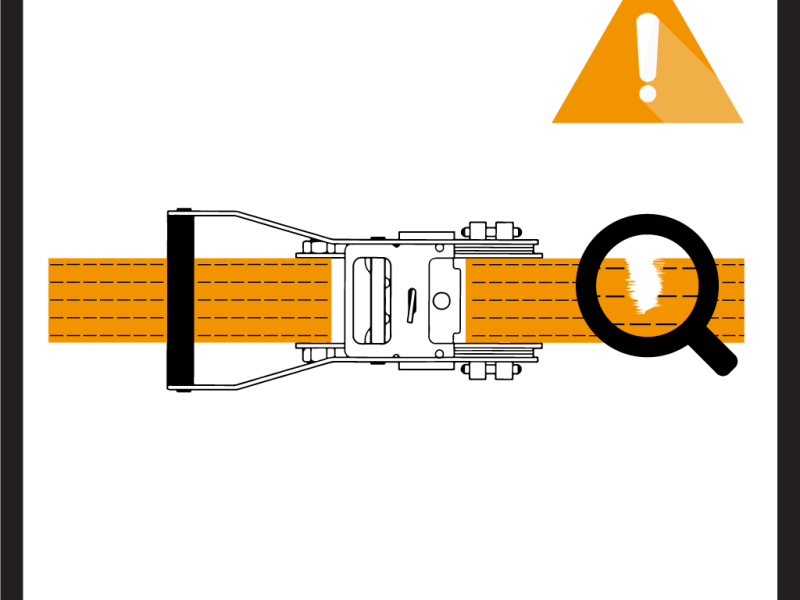
Information for use and maintenance of web lashing for correct use as described in European Norm EN 12195-2.
Read more
Ratchet straps frequently asked questions are answered in this blog, questions such as: how old lashing straps can be, what does STF value mean, what daN lashing strap means and how can you distinguish quality lashing straps. Whether you are a professional truck driver or just looking for information on safe load securing, this blog is for you! Let us know if you have any other questions.

According to the NEN-EN 12195-2 standard, no specific lifespan has been set for lashing straps. However, it is important to regularly inspect the lashing straps for wear, damage and deformation. If there are signs of wear or damage, the lashing straps should be replaced immediately.
The STF value (Standard Tension Force) stands for the maximum tension force that is possible when lashing down. It is generated by the SHF (Standard Hand Force) of 50daN. The pre-tensioning force presses the load onto the loading surface and increases the frictional force between the load and the loading surface. The STF value of the straps is used in calculating the number of straps required to tie-down cargo. Read more about tie-down lashing in this blog.
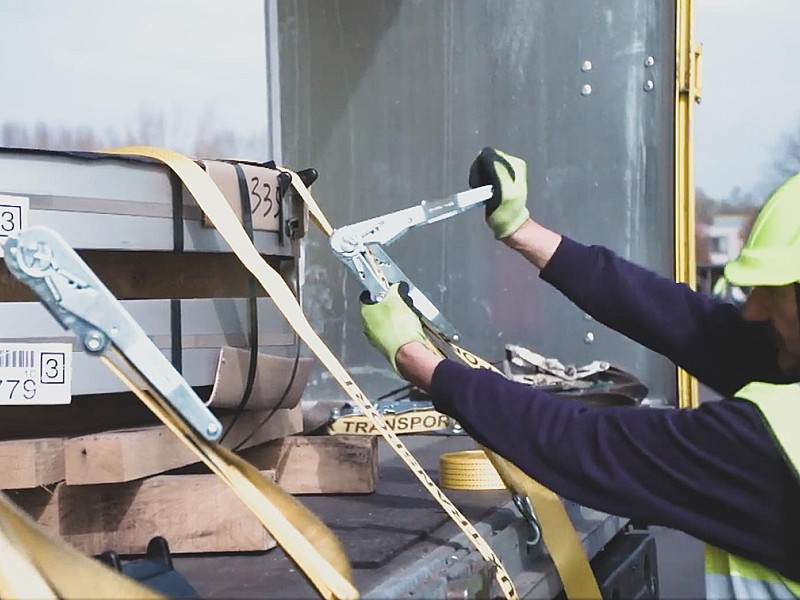
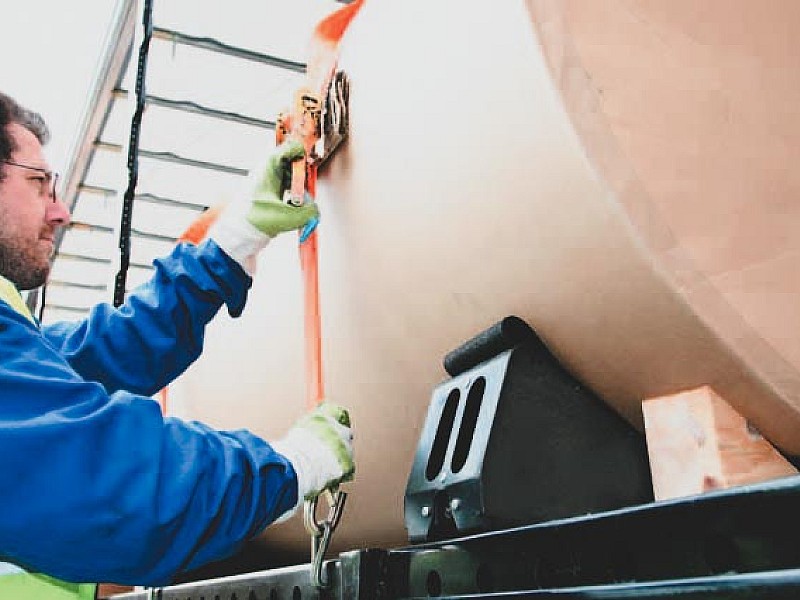
daN is an abbreviation of the force required to accelerate a mass of 1 kilogramme by 1 metre per second squared. It is a unit of measurement often used to indicate the strength of lashing straps. For example, a lashing strap with an STF value of 500 daN can withstand a force of 500 kilograms.
There are many different types of lashing straps on the market, each with their own characteristics and applications. Here are some factors to consider when choosing lashing straps:
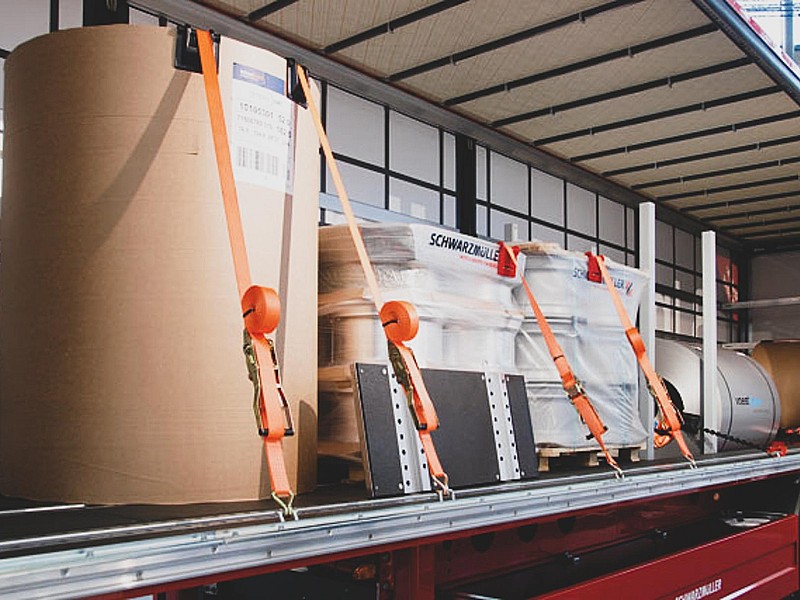

We created a full explanation about how to properly use lashing straps. Find our lashing instructions here:
Yes, it is possible to have lashing straps printed with a text or logo of your choice. It is possible to print the lashing straps with a company name, advertising messages or the truck registration number. This is a great way to draw attention to your company name or brand and give it extra visibility. Find out more about our customization service.
The costs for printing lashing straps vary per length and per type of strap. Contact us for more information.
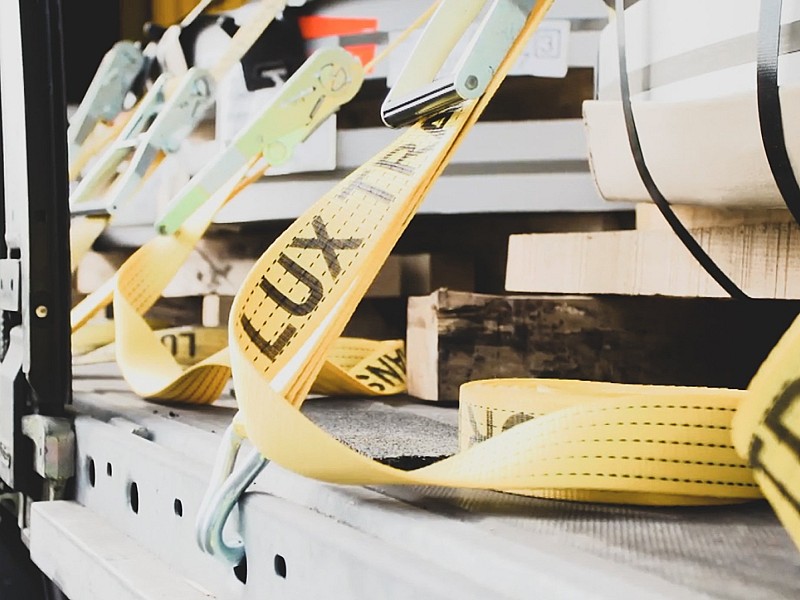

An ergo-ratchet is a type of ratchet that has a longer handle than a standard ratchet. This provides more strength, safety and comfort when securing cargo. Because an ergo-ratchet requires a pulling movement to secure it, you can apply more pre-tension and therefore secure the load properly.
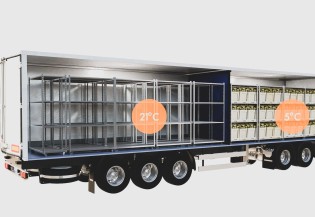
Find every download related to IsoLok: User Manuals, Mounting Instructions, Product Information and Brochure.
Read more
As a transport company, you know that ensuring the safety of your cargo is evident —not just for operational efficiency but also to comply with regulations.
Read more